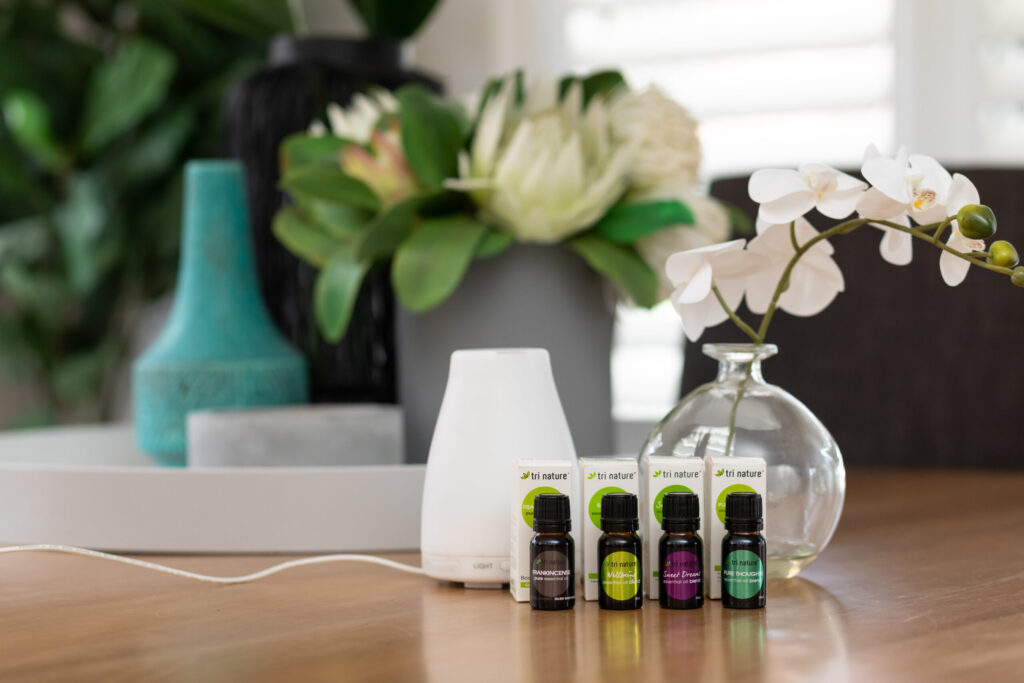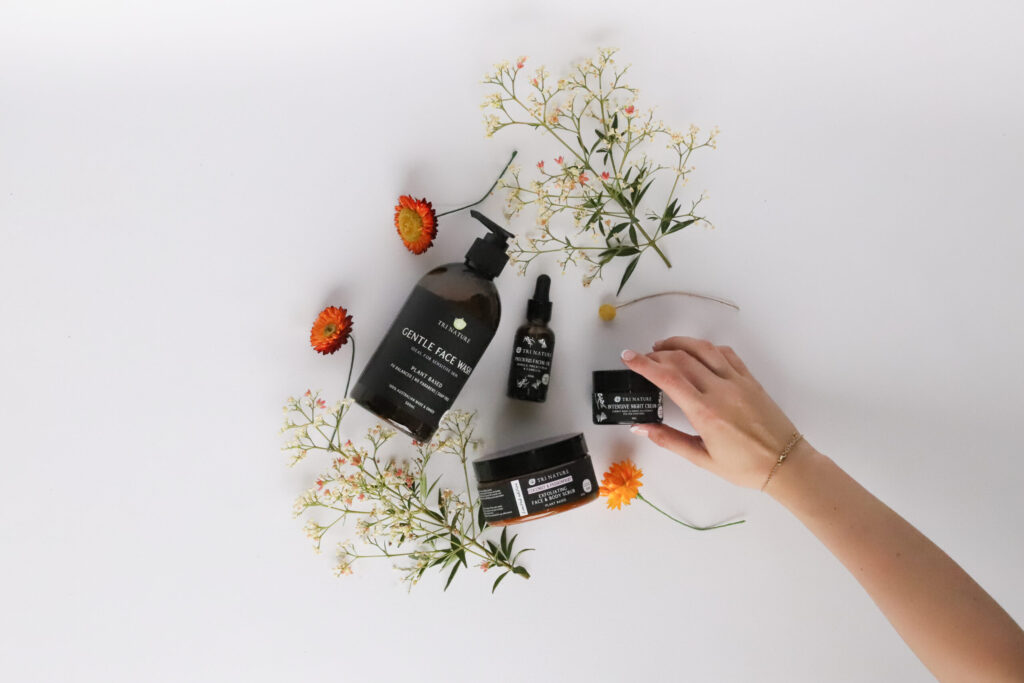Who doesn’t love a relaxing bath? From newborns to infants our baby bath time guide explores the baby bath experience.
First Bath
Newborn babies have very delicate skin and a baby’s first bath is often delayed until several days after they are born to allow the natural protective layer known as vernix to be absorbed. For the first few weeks it is only really needed to bath newborns every couple of days especially until the umbilical cord falls off. On the other days a gentle wipe with a soft washcloth and warm water is usually sufficient, however, in cases of poop explosions, where wipes and washcloths are just not to cut it, it is also fine to bathe them more regularly.
Older Babies
A lovely warm bath can be a soothing experience for babies and help them to calm and settle. So, when babies are a little older, if your baby likes bath time you can incorporate a relaxing bath into the evening bedtime routine. If your baby is a little fussy with baths, having a bath at another time of day might be preferred.
Top tips for an enjoyable bath experience
Bath time can be a wonderful experience for babies and their parents, but it can quickly go from wonderful to hectic if you aren’t prepared. To help you get the best experience at bath time here are our top tips:
Be Prepared
Gather all the supplies you will need for bath time including towels, washcloths, baby bath, lotion, nappy and clothes before you start the bath. Never leave your little one unattended on a change table or bench.
Location, Location, Location!
Setting the baby bath at a comfortable height on a bench or using a suitably sized sink will help you hold your baby securely during the bath without hurting your back (or tummy). This is especially important for mum’s who are still recovering from birth. When baby is a little older you can move to the family bathtub.
It is also important to ensure that the room is warm so that your little one does not get distressed by the cold air.
Not too hot
Although we want the room to be warm, we don’t want the bath to be too hot. It is vital to check the temperature of the bath with your wrist or elbow or even using a bath thermometer. The temperature should be between 37 to 38oC[1]. If your skin turns red or feels too hot on your skin, then the bath is too hot for your baby.
Face First
Midwives recommend wrapping your little one in a towel after undressing (with the nappy still on) to keep them warm and then washing baby’s eyes and face before placing your baby in the bath. Gently wash your baby’s eyes with a washcloth and warm water (from the inside to outside) using a different section of the cloth for each eye to avoid cross contamination. Wash the rest of the face and head and gently pat dry before removing the nappy ready for the bath.
Wash, Wash, Wash!
Add a small amount of a gentle soap free baby bath like Tri Nature’s Baby Bath to the bath water and carefully place your bub into the bath ensuring that their head is supported. Use a washcloth to wash your little one’s body and hair paying attention to the creases around the neck, underarms, and legs where milk, fluff and other dirt can accumulate. Placing a washcloth on baby’s tummy will help to keep them warm during the bath.
Nourish
After the bath, it is time to get your baby snuggled in a soft towel and gently pat them dry. Ensuring that your bub is thoroughly dry will help to avoid some skin issues. To help moisturise and nourish your little one’s skin, a gentle moisturising lotion like Tri Nature’s Soothing Lotion with its calming Lavender and Chamomile essential oils, can be applied before dressing.
Hopefully our tips will help make your bath time experience both calming and enjoyable and leave your bub ready for a good night’s sleep (finger’s crossed).
[1] https://raisingchildren.net.au/newborns/safety/bath-water-safety/bath-temperature



